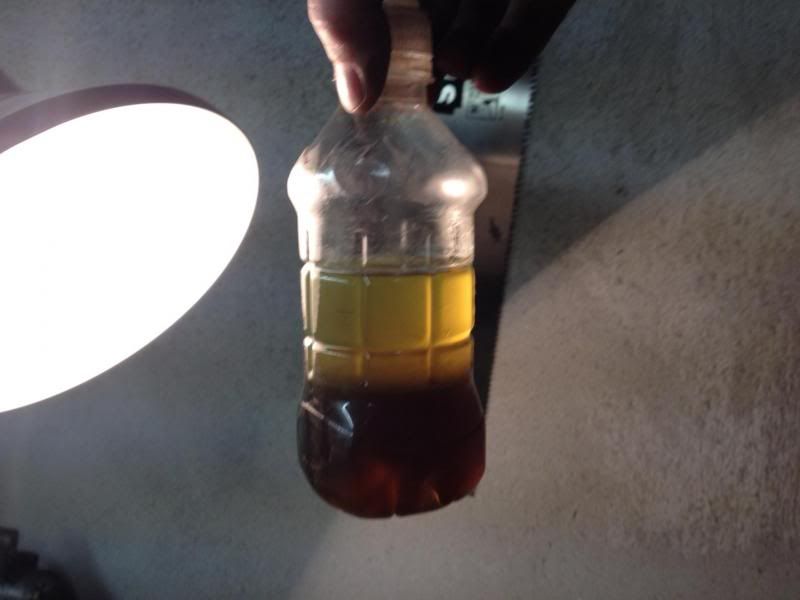Hey Guys, Just joined the site there and said my hellos in the newbie section. Have been doing my own servicing for a while now and recently went about changing the front pads and came across a very strange problem when job was done. Wondering if anyone has seen this before.
Have changed pads before on other cars. All went according to plan, when I finished started up the car and the brake pedal was very soft to the point where it went all the way to the floor. After a few press/depress the pedal went easily all the way to the floor with zero braking at all. Couldn't understand why. Checked the brake hoses for leaks - nothing. Reservoir level hadn't changed. Followed the brake lines from Master Cylinder down to the VSA unit and beyond to each corner and no sign of any leaks.
At that point the only thing I could think of was perhaps when pushing the piston back in the caliper it may have damaged the seals in the master cylinder. If this was the case I still thought it would be strange for there to be zero braking.
Decided to replace the piston in existing MC (new seals etc), refilled with brake fluid and bled system. Same problem, no change. Lost the will to live at this stage...
Now, some may be thinking why didn't you put the old pads back on before going to the trouble of replacing the MC piston. This never crossed my mind until after replacing the MC piston.
So when I put the old pads back in, brake was perfect. Can’t understand it! There is some pad left on old ones which will keep me going for few weeks but if the same thing happens again when I try the change a second time the only option will be to bring it to local garage.
Anyone got any opinions on what might be the cause?
Cheers,
Ken.
Have changed pads before on other cars. All went according to plan, when I finished started up the car and the brake pedal was very soft to the point where it went all the way to the floor. After a few press/depress the pedal went easily all the way to the floor with zero braking at all. Couldn't understand why. Checked the brake hoses for leaks - nothing. Reservoir level hadn't changed. Followed the brake lines from Master Cylinder down to the VSA unit and beyond to each corner and no sign of any leaks.
At that point the only thing I could think of was perhaps when pushing the piston back in the caliper it may have damaged the seals in the master cylinder. If this was the case I still thought it would be strange for there to be zero braking.
Decided to replace the piston in existing MC (new seals etc), refilled with brake fluid and bled system. Same problem, no change. Lost the will to live at this stage...
Now, some may be thinking why didn't you put the old pads back on before going to the trouble of replacing the MC piston. This never crossed my mind until after replacing the MC piston.
So when I put the old pads back in, brake was perfect. Can’t understand it! There is some pad left on old ones which will keep me going for few weeks but if the same thing happens again when I try the change a second time the only option will be to bring it to local garage.
Anyone got any opinions on what might be the cause?
Cheers,
Ken.

